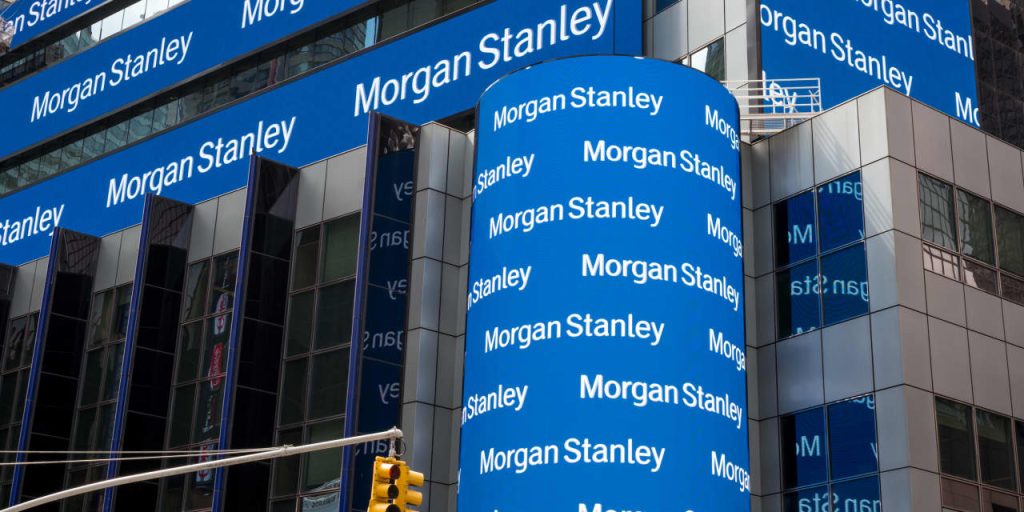U.S. stocks ended down on Friday, booking their worst week in a month after a rise in Treasury yields as well as higher oil prices amid worries over the war in the Middle East.
How stock indexes traded
-
The Dow Jones Industrial Average
DJIA
fell 286.89 points, or 0.9%, to close at 33,127.28. -
The S&P 500
SPX
shed 53.84 points, or 1.3%, to finish at 4,224.16. -
The Nasdaq Composite
COMP
dropped 202.37 points, or 1.5%, to end at 12,983.81.
For the week, the Dow fell 1.6%, the S&P 500 declined 2.4% and the Nasdaq sank 3.2%. The tech-heavy Nasdaq logged back-to-back weekly losses, while the S&P 500 snapped two straight weeks of gains, according to Dow Jones Market Data. All three benchmarks booked their largest percentage weekly drops since the week ending Sept. 22.
What drove markets
U.S. stocks suffered this week after the 10-year Treasury yield surged to near 5%, translating into higher borrowing costs that could slow economic growth. Treasury yields backed off a bit on Friday, but the impact of their rise earlier in the week was still being felt in markets.
Stocks are seeing continued “selling pressure” from rising yields after bearish traders worried that Federal Reserve Chair Jerome Powell’s remarks on Thursday meant that another interest rate hike could be coming and the Fed might not cut rates until late next year, said José Torres, senior economist at Interactive Brokers, in a phone interview Friday. Powell seemed “unsatisfied” with recent strong economic data as that risks keeping inflation elevated, according to Torres.
But as far as the S&P 500 goes, “I’m expecting the bulls to really take a stand here at 4,200,” said Torres. That’s a “floodgate level,” he said, explaining that the next strong level of support for the index may be at 3,900.
“The stock market now is glued to the bond market. We’ve hit the point where long-term yields are essentially the No. 1 problem for everything,” said Michael Lebowitz, a portfolio manager at RIA Advisors.
The yield on the 10-year note
BX:TMUBMUSD10Y
fell 6.3 basis points on Friday to 4.924%, but has risen almost 30 basis points this week based on 3 p.m. Eastern Time levels, according to Dow Jones Market Data. Ten-year Treasury yields on Thursday reached their highest level since July 20, 2007.
Read: Why stock-market investors are fixated on 5% as 10-year Treasury yield nears key threshold
On Friday Cleveland Fed President Loretta Mester said she is in the camp of one more interest rate hike this year. That would bring the federal funds rate to a range of 5.5%-5.75%. Mester also said regardless of whether the Fed hikes again, the central bank is “nearing the end of its phase” of hiking rates.
Equities investors are grappling with the rapid increase in long-term Treasury yields during the Fed’s hiking cycle, prompting worries over refinancing risks in credit markets as well as pressure on the economy and stock-market valuations, according to James Ragan, director of wealth management research at D.A. Davidson.
“We have gone negative on the month,” Ragan said by phone on Friday. “I think it really comes down to the interest rates.”
The S&P 500 has lost 1.5% so far in October through Friday.
War repercussions
The near two-week war between Israel and Hamas has also weighed on investors.
Investors were wary of further escalation via a possible ground invasion by the Israeli military. Palestinians in Gaza reported heavy strikes in the southern region where they had been told to evacuate, with a large Israeli town in the north near the Lebanese border also evacuating, according to the Associated Press on Friday.
Investors are anxious that geopolitical tensions in the volatile Middle East threaten oil supplies, with rising crude prices potentially adding to inflationary pressures, said Torres, of Interactive Brokers.
West Texas Intermediate crude
CL.1,
the U.S. oil benchmark, rose again this week, although it slipped Friday to around $88 a barrel based on the December contract.
Meanwhile, Torres sees asymmetrical risk for the S&P 500. The index may stand to gain 5% from current levels, but the downside risk is larger as a potential drop could be as large as 15%, he explained.
With companies’ third-quarter earnings season currently underway, Torres is watching for any signs of companies being unable to pass higher prices on to consumers, he said. “We’re still early in the earnings cycle.”
By Torres’s calculations, consumers this month ran out of the “excess savings” built up during the pandemic, leaving them back at a more normal savings level.
Investors are looking ahead to next week, when Google parent Alphabet Inc.
GOOGL,
Microsoft Corp.
MSFT,
and Amazon.com Inc.
AMZN,
will report their quarterly results. Their shares are among a group of megacap stocks known as Big Tech that are responsible for much of the S&P 500’s advance in 2023.
Companies in focus
-
Regions Financial Corp.‘s
RF,
-12.38%
stock tumbled 12.4% after the bank’s third-quarter profit and revenue missed expectations, as total loans increased but deposits fell and as the regional banking industry faced “economic and regulatory uncertainty.” -
Hewlett Packard Enterprise Co.
HPE,
-6.56%
slumped 6.6% after the firm’s fiscal forecast fell short of analysts’ expectations. -
American Express Co.
AXP,
-5.38%
shares dropped 5.4% after easily topping profit expectations for its third quarter, while calling out healthy spending and “strong” credit metrics.
Barbara Kollmeyer contributed to this report.
Read the full article here







